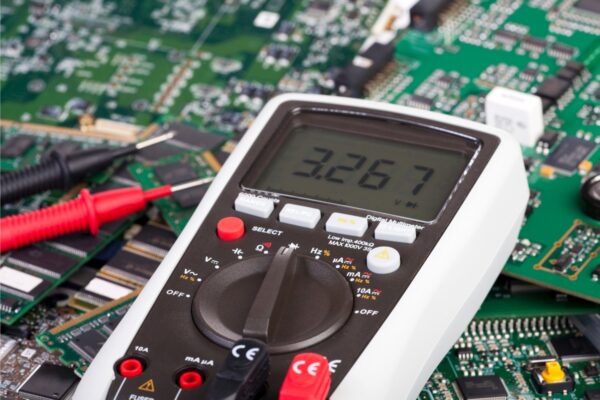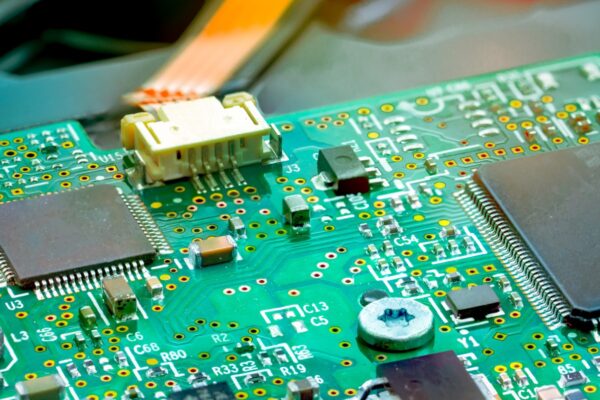What is De-bugging
De-bugging is the process of analyzing and rectifying errors or malfunctions in a circuit to ensure the proper functionality and performance of electronic devices.
During the circuit debugging process, hardware engineers encounter non-functional circuits caused by various factors such as faulty components, wiring errors, shorts, improper connections, circuit breaks, or incorrect equipment settings. The goal of de-bugging is to identify and resolve these issues, allowing the circuit to function as intended.
To effectively debug a circuit, engineers employ systematic approaches such as the functional area approach or the split-half method. The functional area approach involves dividing the circuit into different sections or functional areas, testing each area separately, and isolating the faulty section for further analysis and correction. The split-half method, on the other hand, divides the circuit into two halves, allowing engineers to determine which section contains the issue and further narrow down the problem area.
The process of circuit debugging becomes more challenging as the complexity of the circuit increases. Complex circuits may have a higher number and variety of bugs or errors, requiring a deeper understanding of the circuit’s design and functionality. Engineers may utilize various test equipment such as voltmeters, multimeters, function generators, oscilloscopes, and regulated DC power supplies to measure and analyze the circuit’s behavior, aiding in the identification and resolution of issues.





